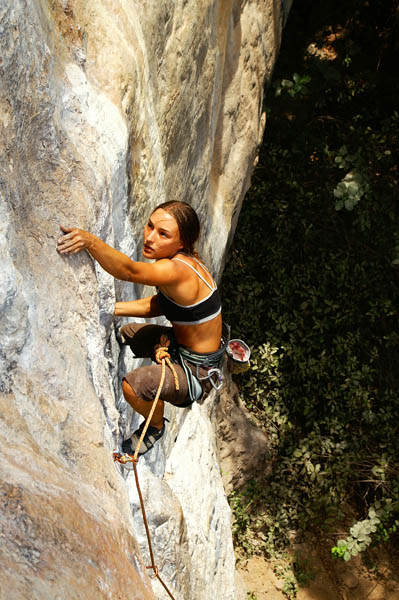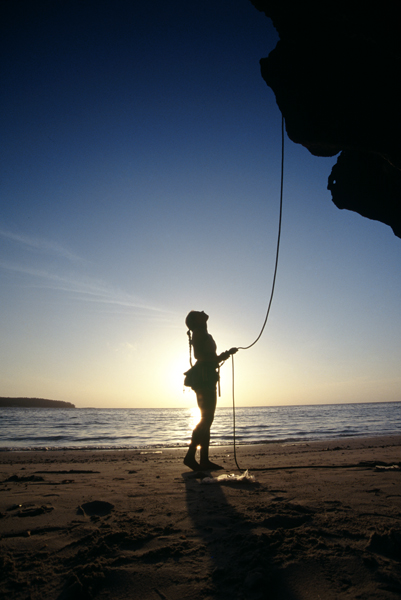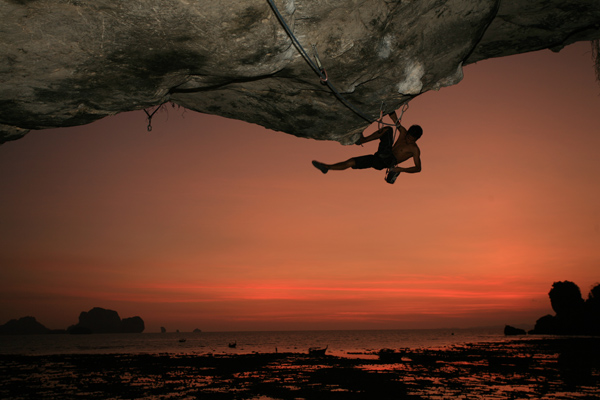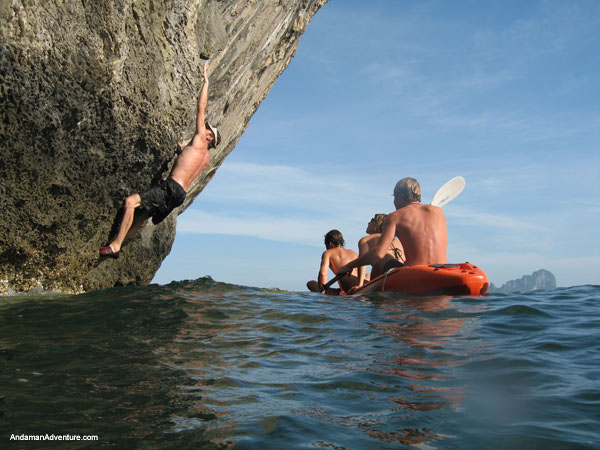I fell in love with snow back in 1978! I was attending technical training at Chanute Air Force Base in Illinois. The cold was refreshing and the snow reminded me of 'Shave Ice', a popular icy snack in Hawaii. Back then everything was a new experience for this local Hawaii girl. I was away from my family, going through military training, learning the Pneudraulic Systems of F4C Phantoms and experiencing my first winter.
I had my first lesson of driving in snow when my husband was temporarily assigned in Honduras. I stayed with his family here in Massachusetts and learned to drive in the white stuff. After my husband got out of the Army we decided to make our home here in Massachusetts instead of Hawaii and I got accustomed to winter. 'Snow Day' meant that the kids would be home from school and plowing and shoveling needed to be done. Winter clothing/equipment had to be bought every year so that the girls could play out in the snow, ice skate and snowboard. The girls loved the snow and for years I sat in a cold ice rink as I watched my daughters figure skate.
Since I started winter hiking/mountain climbing and just started ice climbing, I've learned to appreciate winter even more. Winter hiking to the summits of mountains and along lakes in the White Mountains region reminds me of the undeveloped lushness of my childhood in Hawaii. Of steep, muddy trails in warm rainfall. And especially of the stillness of a fragrant, green valley from atop a mountain trail.
Hiking through the woods on the Three Ponds Trail I noticed this same stillness for the very first time. A stillness and especially a silence. It was so silent, with the exception of my hiking companions chatting in the background. No sounds of cars in the distant, nor any signs of any wildlife either. The sun was bright and cast a shiny newness on the snow throughout the woods. The air was crisp and felt invigorating to inhale. All this, I thought, I might not have experienced if I had stayed indoors!
I love that winter is here and my new appreciation for this season has made me actually enjoy the cold temperatures! I find myself hoping that the winter season will be a long one so that I can have more opportunities to winter hike and ice climb.
Oh, and for the record, I'm still in love with snow! :)























